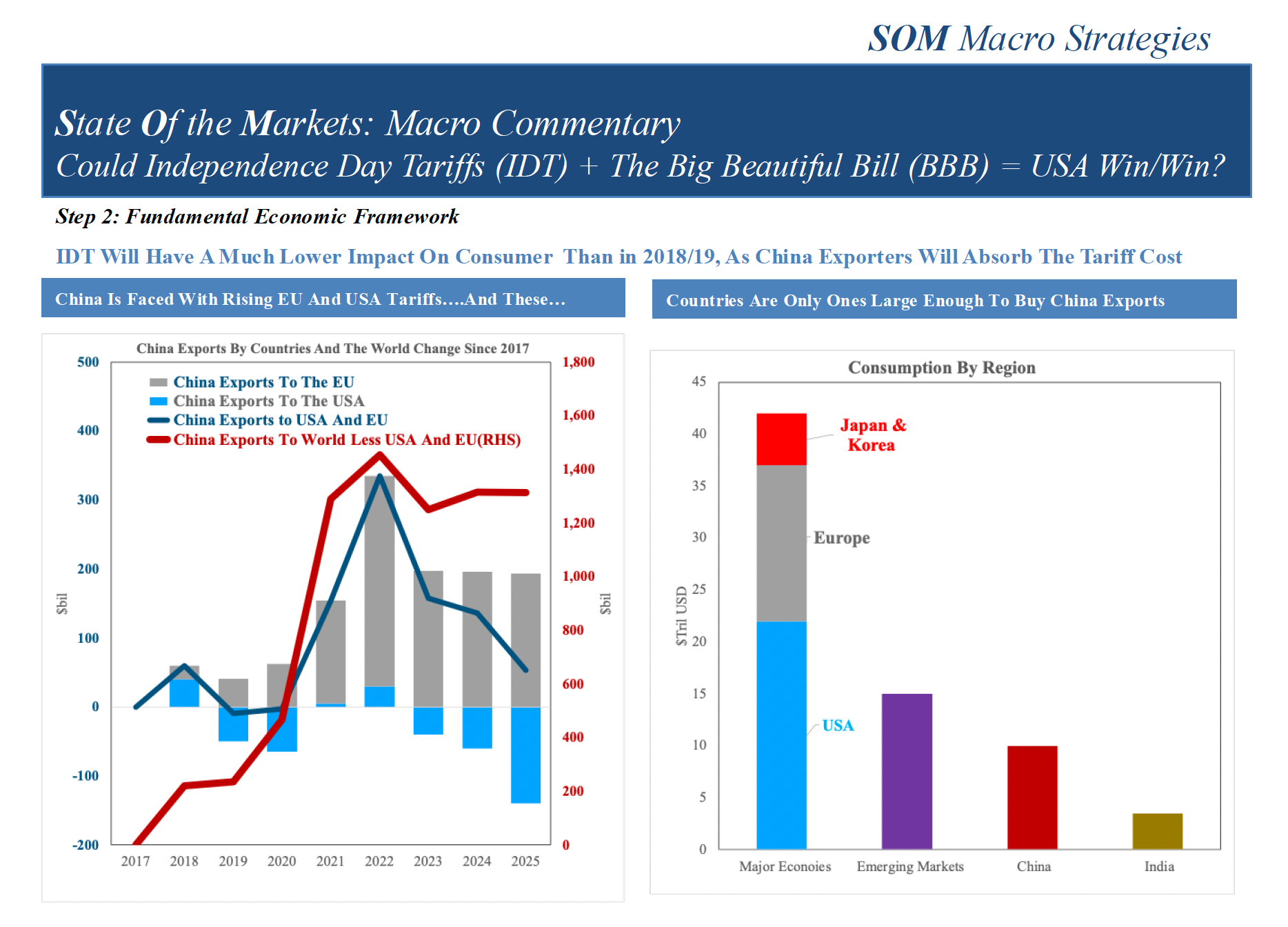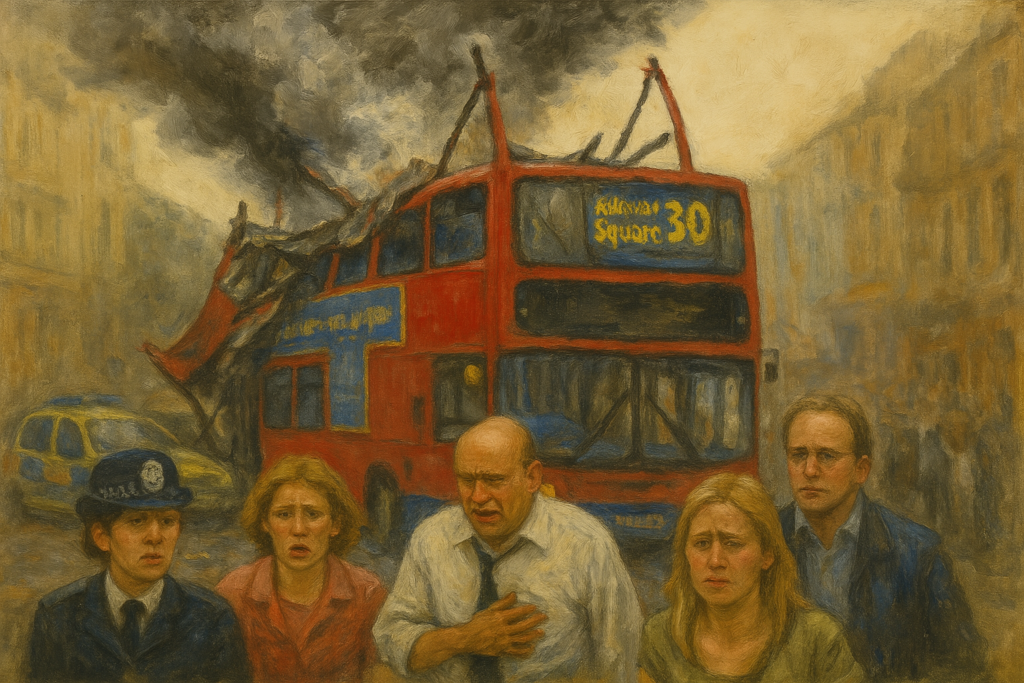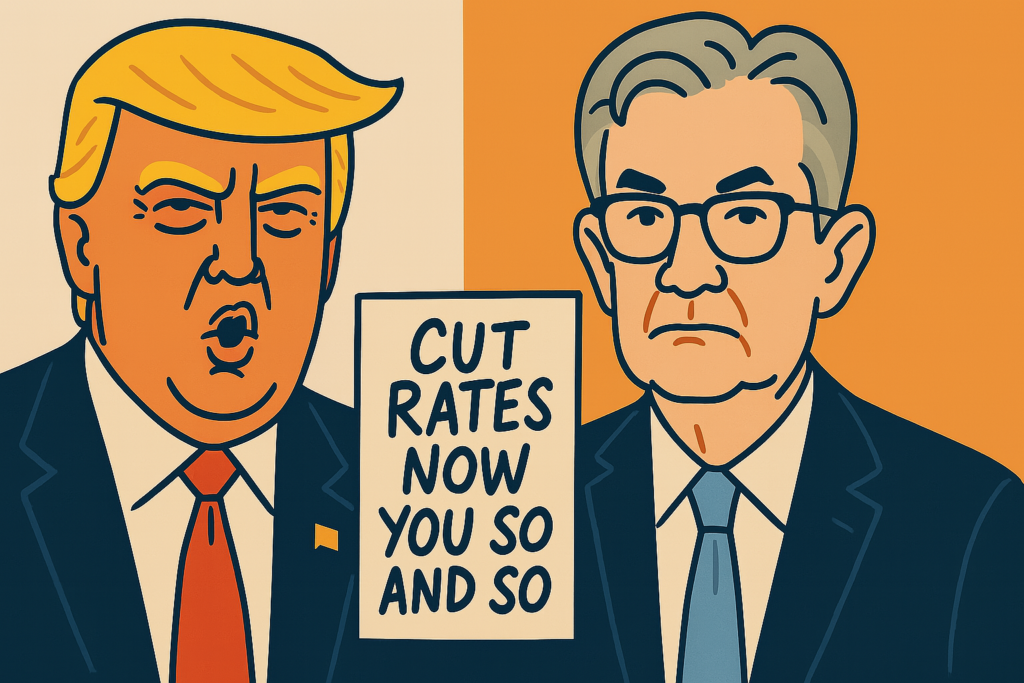Part Two of this Five-part series of Insights into the UK economy and financial markets examines the critical role played by the British government, which continues to pump tens of billions into the economy via a vast array of measures, including a furlough scheme, to support household disposable incomes and ultimately consumption and GDP growth.
Households’ limited opportunities to spend, rather than the acute drop in consumer confidence and constraints on purchasing power, was the main cause behind the fall in domestic consumption in March-April and record collapse in GDP. Retail sales indeed fell far more sharply than implied by the historical correlation with consumer confidence.
More importantly the £46bn (32%) collapse in household spending on goods and services in April – equivalent to a staggering 25% of monthly GDP – dwarfed the (at worst modest) fall in households’ disposable incomes. Aggregate worker earnings fell by only £2bn (2.8%) in April, mainly thanks to the government’s furlough scheme, and access to state benefits (including universal credit) was eased.
GDP growth was awful in April, merely bad in May. We estimate that it contracted “only” 3% mom to levels not seen since 1999. The composite PMI rebounded to 30 from an all-time low of 13.8 in April, the value of retail sales rose 12% and households may have withdrawn some of their sizeable cash deposits and/or curtailed their debt repayments. However, the labour market continued to deteriorate and the services sector remained in stasis.
We forecast that GDP growth hit a record-high 10% mom in June, as a result of both “favourable” base effects and a rebound in economic activity, implying that GDP in Q2 contracted a record 23% qoq. There were greater opportunities to spend as the lockdown was eased and self-employed workers accessed the income support scheme in size.
Our core scenario is that UK GDP growth will accelerate to about 10% qoq in Q3 and 15% qoq in Q4, which would imply GDP contracting about 11.5% in 2020. It is premised on our expectations that the lockdown will continue to be eased gradually and that household incomes, savings and consumer confidence will fuel consumption and headline growth.
In United Kingdom: Anatomy of economy on lockdown life-support (18th June 2020), Part One of this five-part series on the UK economy and financial markets, we concluded that “Confronted with a triple whammy of i) a fall in aggregate earnings and income, and thus purchasing power, ii) acute uncertainty about the economy’s outlook, including job security, and iii) limited opportunities to spend, households became far more cautious in March-April (as summarised in Figure 1). Households cut back aggressively on retail and other domestic spending and shunned mortgage lending, using spare income to instead build up cash reserves and repay debt in record amounts.” This downturn in retail sales, which in 2019 amounted to about £440bn (20% of GDP), and the broader measure of household consumption (two-thirds of GDP), was likely the largest contributor to the record 25% collapse in UK GDP between February and April[1].
Lack of opportunity to spend rather than purchasing power caused collapse in demand
The national lockdown introduced on 23rd March largely restricted household purchases in April to essential goods (supermarkets and DIY stores remained opened) and on-line shopping while shrinking the amount of money spent on private and public transport. The hospitality, leisure and entertainment industries effectively shut down and will only start partially re-opening in early July. At the same time foreigners largely stayed away from the UK, with international air passenger traffic to and from international airports down 99% year-on-year in April according to the UK Civil Aviation Authority.
These limited opportunities to spend partly explain why retail sales in April (and to a lesser extent in March) contracted far more than implied by the historical correlation between the GFK consumer confidence index – which in April fell to its lowest level (-34) since January 2009 – and the year-on-year change in the volume of retail sales (see Figure 2).
More importantly we estimate that the collapse in household spending on goods and services in March-April dwarfed the (at worst modest) fall in households’ disposable incomes, which includes workers’ earnings, state benefits and income from other sources minus taxes and social contributions (see Figure 3).
Average weekly retail sales (seasonally-adjusted), which exclude motor vehicles, collapsed £1.5bn or 18.7% in April whereas aggregate weekly earnings, the product of total employment and weekly earnings, fell only £0.5bn or 2.8%, according to our estimates (see Figure 4). Weekly earnings fell only modestly thanks largely to the government’s Coronavirus Job Retention Scheme (furlough), which was introduced in late-March and disbursed about £7bn in April to 700,000 employees according to our estimates (these taxable monthly payments of 80% of the salary, capped at £2,500 per month, are included as employee earnings and employees on furlough accounted for as employed but working zero hours – see Figure 3).
Moreover the discrepancy between the sizeable fall in the broader measures of household consumption – of which retail sales only account for about a third – and the (at worst) modest fall in disposable incomes is likely to have been even far greater.
- Spending on services also collapsed in April at a similar rate as retail services as the service industry effectively shut down following the lockdown on 23rd Turnover in services excluding wholesale trade, a proxy for household spending on services, amounted to £1.3trn (60% of GDP) in 2019 or three times as much as retail sales according to our estimates. It fell by about £33.3bn or 31% in April (in non-seasonally adjusted terms), a similar percentage fall as the monthly value of retail sales (-34%) – see Figure 5. In aggregate, household spending on retail sales (excluding vehicles) and services fell by about £46bn (32%) which equates to a massive 25% of monthly GDP.
- Moreover, car sales in the UK fell 98.3% (non-seasonally adjusted) in April to just 4,321, the lowest monthly level since 1946 according to the Society of Motor Manufacturers and Traders, as a result of car showrooms being closed throughout April.
- Finally, in mid-March the government announced that households would be allowed to apply to defer mortgage interest payments for up to three months and repayments on loans taken out for certain home repairs and improvements (Support for Mortgage Interest). According to the banking industry group UK Finance, banks and building societies reportedly agreed to defer payments for 1.2 million households in April, with households on average saving £775 in suspended capital and interest payments each month or about £930mn in aggregate according to our estimates.
Conversely we estimate that disposable incomes may have actually increased slightly in April. Aggregate earnings fell by about £2bn in the month but state benefits likely rose as a result of the government easing access to unemployment (universal credit) and other benefits (see Figure 3). Indeed, the ONS seasonally-adjusted claimant count – a measure of the number of people out of work and claiming state benefits (mostly for unemployment) – rose by a massive 1.56 million between March and mid-May to 2.8 million – its highest level since October 1993 (see Figure 6).
Admittedly a lack of job opportunities also contributed to people claiming benefits rather than looking for a new job, in our view. Between 6th March and 7th May, the number of job vacancies fell by 436,000 (not seasonally-adjusted) according to the ONS (see Figure 6). At the peak of the financial crisis the largest two-month fall was “only” 300,000 (in November-December 2008).
Without these government schemes to support employees and those on or seeking state benefits the impairment to the UK labour market (employment and earnings), disposable incomes and consumer confidence clearly would have been far greater. The amount of cash households deposited with banks and building societies (£30.5bn in March-April) and (net) consumer debt repaid (£11.2bn) would have been far smaller and households would have been (and still be) in a more precarious financial position in our view (see United Kingdom: Anatomy of economy on lockdown life-support, 18th June 2020). However, with households having already cut back spending to essential goods, it is not obvious to us that household consumption and ultimately GDP would have been materially lower in April. Put differently households would have likely saved and repaid less, not spent less.
If April was awful, May was merely bad
The composite PMI rebounded in May to 30.0 from an all-time low of 13.8 in April, with a higher figure but still below 50 suggesting that economic activity contracted at a far slower rate (see Figure 7). We estimate that GDP, which contracted a record 20.4% mom in April, contracted a further 3% mom in May to levels not seen since 1999. The gap between household consumption and disposable incomes likely narrowed slightly which may have resulted in households withdrawing a modest share of their cash deposits and/or curtailing their consumer debt repayments.
- Despite the government furlough scheme disbursing a further £10.5bn to another 300,000 employees, aggregate employee earnings fell by a further £0.7bn (1.3% mom) in May, according to our estimates. These data point to the underlying weakness of the UK labour market.
- Earnings data for self-employed workers are not yet available for May and it is unclear what share of the £7.2bn of claims made for the Self-Employment Income Support Scheme (SEISS) by end-May were actually paid into bank accounts that month (applications went live on 13th May with the grant to be paid by 25th May or within six days of a completed claim according to the government). In any case self-employed workers would have had little time to spend that grant in May.
- The claimant count rose further in the first half of May (see Figure 6). The positive take is that a larger number of people accessed unemployment benefits and were thus able to shore up their disposable incomes.
- The value of retail sales (not seasonally-adjusted) rose by £3.4bn in May (13.4% mom), despite the vast majority of non-essential retailers remaining closed (only garden centres were allowed to re-open in mid-May).This would suggest in our view that households had some pent-up demand for non-essential goods.
- However, spending on motor vehicles remained negligible as a result of car showrooms still being closed. Car sales rose nearly five-fold in May to 20,247 but were still down 89% year-on-year according to the SMMT.
- Spending on services is unlikely to have risen by as much retail sales (at least in percentage terms), in our view, as the hospitality, leisure and entertainment industries remained shut and most parents were forced to stay at home to look after children with schools closed throughout May.
- The GFK consumer confidence index fell further in May to -36 from -34in April but rebounded to -30 in June (see Figure 2).
June likely recorded strong economic recovery…from a very low base
We forecast that GDP growth hit a record-high 10% mom in June (see Figure 7), as a result of both “favourable” base effects and a rebound in economic activity. This would imply that GDP in Q2 contracted a record 23% qoq. There were greater opportunities to spend as the lockdown was eased and the government continued to pump billions into the economy to support employed and self-employed workers and those on benefits and ultimately disposable incomes.
- The national lockdown was further eased on 1st June, with a partial re-opening of schools[2] and modest loosening of social distancing rules. Car showrooms were also allowed to re-open and sporting and cultural events allowed behind closed-doors. Non-essential retailers were allowed to re-open on 15th June, albeit with social distancing and other health measures in place, but most large retailers have opted for a phased re-opening of their stores.
- In the first three weeks of June a further half a million employees had made furlough claims of £5.4bn and it is conceivable that employees’ total earnings stabilised in June. Moreover, by 21st June about 2.6 million self-employed workers had made SEISS claims worth about £7.6bn according to the government and we believe most of these grants were paid out in June, boosting self-employed workers’ total earnings (see Figure 3).
Outlook for second half of 2020 promising but uncertainty remains acute
Our core scenario at this stage is that UK GDP growth will accelerate to about 10% qoq in Q3 and 15% qoq in Q4, which would imply GDP contracting about 11.5% in 2020. It is premised on our expectations that the lockdown will continue to be eased gradually and that household incomes, savings and improving consumer confidence will fuel consumption and headline growth. However, we acknowledge that forecasting GDP growth relies as much on rigorous analysis as it does on good fortune, as a result of the unpredictable and fluid interplay between the:
- Complex mathematics and science behind the spread of covid-19;
- The pace at which the national lockdown can be further unwound and the risk of a second wave of covid-19 cases forcing the government to re-tighten lockdown and self-distancing rules;
- The shelf-life of measures by the government and Bank of England to support household incomes and corporates and ultimately spur GDP growth; and
- The reaction function of households, corporates, financial institutions and markets.
What we know so far. The government has in the past month announced that:
- The entertainment, leisure and entertainment industries will be allowed to partly re-open in early July, with strict social distancing rules in place.
- Schools are to fully re-open in September (primary schools, mostly in the private sector, have in recent weeks allowed most of their pupils to return).
- It is considering air corridors between the UK and select countries which would be devoid of the 14-day quarantine for those entering the UK which was introduced on 18th
- The furlough scheme will remain in place until end-July but will then start being gradually unwound with employers having to start paying national insurance and pension contributions in August and the government starting to reduce its share of monthly salaries from 80% in September. The furlough scheme is currently due to be terminated end-October.
- It will pay a second and final grant to self-employed workers in August, with the grant smaller than in the first round (only 70% of three months worth of profits capped at £6,750).
- Households will be able to defer their mortgage payments by a further three months (until September).
Moreover, the Bank of England at its 18th June policy meeting voted to increase the size of its total holdings of UK government bonds (gilts) by £100bn to £725bn, in line with expectations. The central bank has been buying gilts to the tune of about £13.5bn a week since early April, mainly to finance the government’s ballooning fiscal deficit, and at this run-rate its decision last week affords it roughly another two months of gilt purchases, according to our estimates.
[1] Monthly ONS data do not include an expenditure breakdown and ONS will only release its first quarterly estimate of Q2 GDP, including contributions from household and government demand, investment and net trade, on 12th August.
[2] Three out of seven primary school years (Reception, Year 1 and Year 5) were allowed to return and national attendance was only about 70% according to estimates, either due to parents deciding not to allow their children to return to school or because local councils had not allowed state schools to re-open.














